US Environmental Protection Agency
Epa: Climate Change
Learn all the facts and figures about climate change.
US Environmental Protection Agency
Epa: Natural Disasters: Tsunamis
This site provides real-world issues as well as the scientific research and technology used to support the EPA's mission to protect human health and safeguard the natural environment.
US Environmental Protection Agency
Epa: Health Effects of Overexposure of the Sun [Pdf]
This fact sheet provides a quick overview of the major health problems linked to overexposure to UV radiation: skin cancer (melanoma and nonmelanoma), premature aging of the skin and other skin problems, cataracts and other eye damage,...
US Environmental Protection Agency
Epa: Ground Water and Drinking Water: Emergency Disinfection of Drinking Water
Learn about the public's drinking water, the oversight agencies that govern it, and what needs to be done in an emergency if it becomes contaminated.
US Environmental Protection Agency
Epa: Measuring Soil P H
This site has an experiment to find out how to measure the pH of your soil. The soil pH is an important condition that can affect the health of plants and animals.
US Environmental Protection Agency
Epa: Epa Voices Support for Safe Drinking Water Act
This 1973 EPA press release endorsed the historic legislation that improved the quality of U.S. drinking water.
US Environmental Protection Agency
Epa: Soil Buffering Experiment
Use this site to explore the experimentation process of "Soil buffering."
US Environmental Protection Agency
Epa: Determining the P H of Common Substances
In this acid rain experiment the students will be "determining the pH of common substances." This is a great lesson plan for an experiment.
US Environmental Protection Agency
Epa: Making a Natural P H Indicator
At this site you will find a step by step process for making a natural pH indicator. One of the main materials you need to have on hand is a red cabbage.
US Environmental Protection Agency
Epa: Acid Rain
Explore more about acid rain. This is an online experiment to observe "The influence of acid rain on plant growth." Find out how acid rain can damage your plants directly and indirectly.
US Environmental Protection Agency
Epa: Observing Buffers in Lakes, Ponds, and Streams
Explore buffers in lakes, ponds, and streams. "In this experiment, you will observe the effects of limestone on the acidity of water."
US Environmental Protection Agency
Epa: Measuring P H Experiment
This is an activity that deals with acid rain. "This experiment will illustrate how to measure the approximate pH of chemicals in water using a pH indicator." It is easy to follow the comprehensive set of directions.
US Environmental Protection Agency
Epa: Iaq: Secondhand Smoke and Smoke Free Homes
Find out how secondhand smoke contributes to indoor air pollution, and learn how to prevent this health risk.
US Environmental Protection Agency
Epa: Contaminated Sediment in the Great Lakes
Provides an overview of the issue of sediment contamination in the Great Lakes, how the problem is assessed, causes of contamination, and remedial efforts. Includes links to more in-depth information.
US Environmental Protection Agency
Epa: Mercury in Your Environment
Students learn what the forms of mercury are, the sources, how to reduce the releases, and how it affects humans and the environment.
US Environmental Protection Agency
Epa: Coral Reefs
What is a coral reef? Why are Coral Reefs important? What is affecting the health of coral reefs? These questions are answered and more information is provided on this easily readable, comprehensive site.
US Environmental Protection Agency
Epa: Climate Change: Plants, Animals, and Ecosystems
Find out how plants and animals adapt to changes in ecosystems.
US Environmental Protection Agency
Epa: Benefits and Costs of the Clean Air Act, 1970 to 1990
This resource compares the environmental benefits of pollution control to the costs incurred by industry, taxpayers, and consumers.
US Environmental Protection Agency
Epa: Reservoirs: Holding Tanks for Drinking Water [Pdf]
How do people get their water reservoirs for drinking water? This site features an in-depth explanation of this question. Come and check it out.
US Environmental Protection Agency
Epa: Sammy Soil
Kids can color this downloadable cartoon and learn about soil conservation practices in farming.
US Environmental Protection Agency
Epa: Safe Drinking Water Act Protecting America's Public Health
View a poster that illustrates the everyday risks to the U.S. supply of clean drinking water.
US Environmental Protection Agency
Epa: Water Sense
After learning simple water-saving tips, students play a game in which they guide "water-efficiency hero Flo" through a maze of pipes, avoiding "water-wasting monsters" and answering questions about water use.
US Environmental Protection Agency
Epa: The Planet Protectors: Activities for Kids
Through this EPA resource, explore your environment and discover the animals, plants, air, and water around you. Learn how to protect the world we live in with fun games.
US Environmental Protection Agency
Epa: Wetlands and Nature
This concise site discusses the fact that wetlands are among the most productive ecosystems in the world, play an integral part in the ecology of the watershed, and also have a role in atmospheric maintenance.


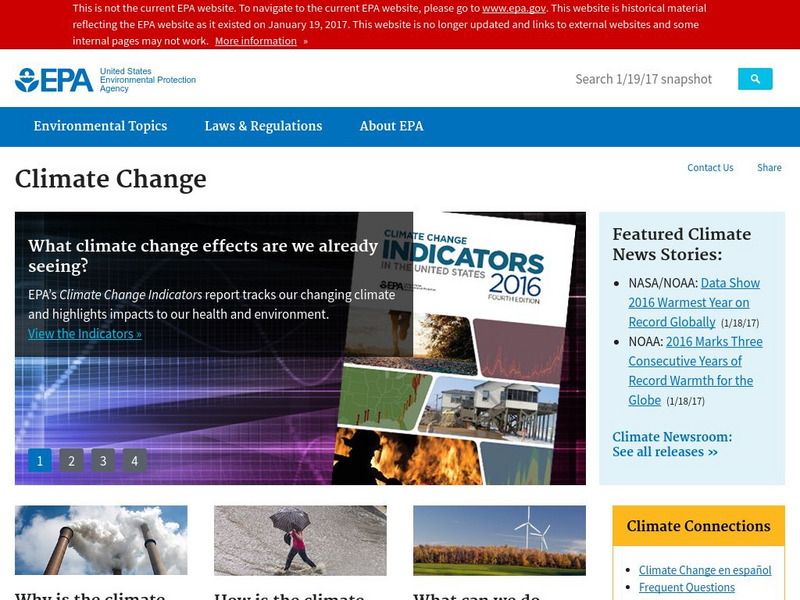

![Epa: Health Effects of Overexposure of the Sun [Pdf] Website Epa: Health Effects of Overexposure of the Sun [Pdf] Website](https://content.lessonplanet.com/knovation/original/237809-0d266970eecfc97ee732c0ad5481e47c.jpg?1661502312)



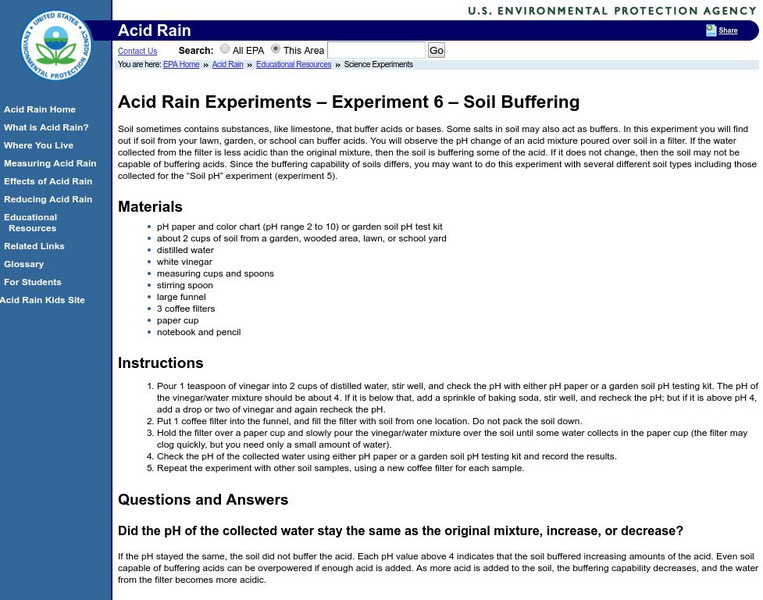
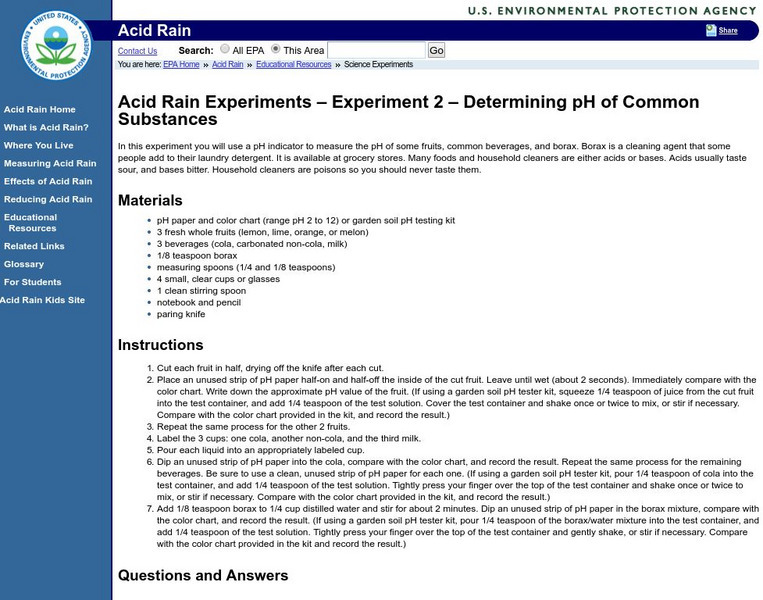



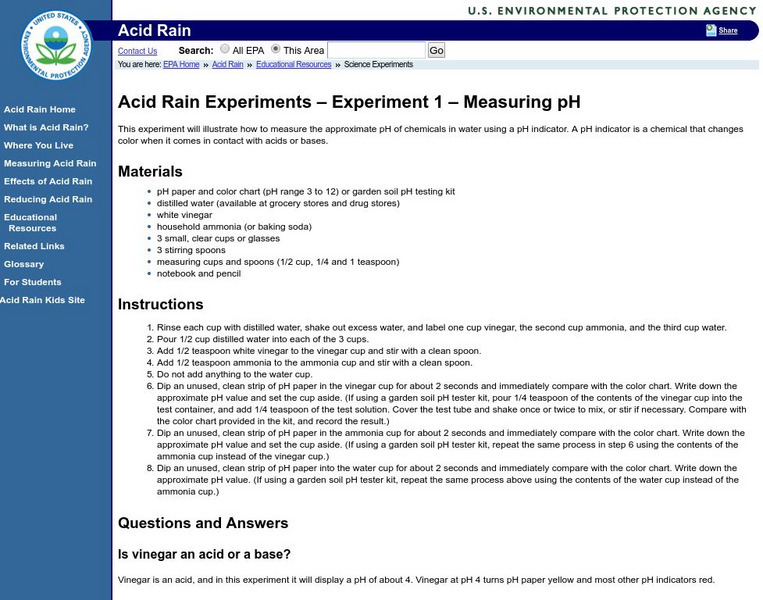

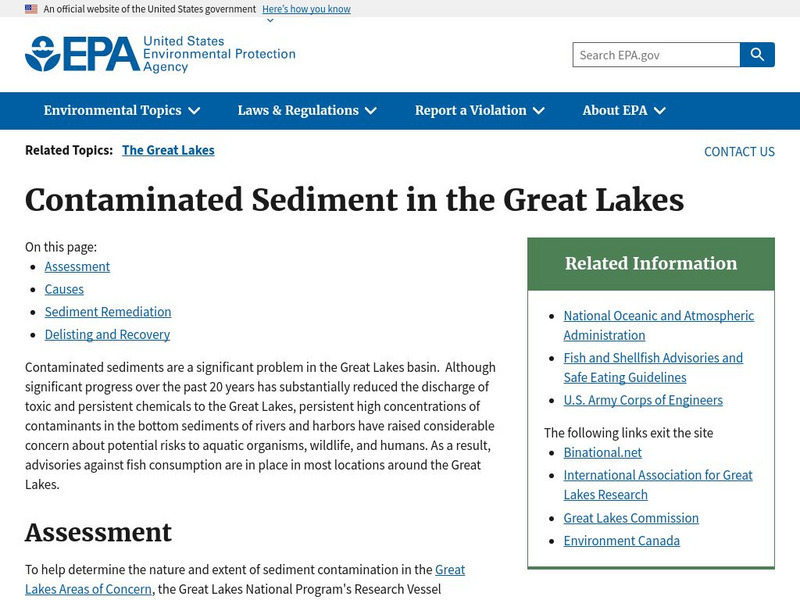




![Epa: Reservoirs: Holding Tanks for Drinking Water [Pdf] Activity Epa: Reservoirs: Holding Tanks for Drinking Water [Pdf] Activity](https://content.lessonplanet.com/knovation/original/784767-be34c4aa4535a4640e6dc98eb70b3542.jpg?1661270399)




